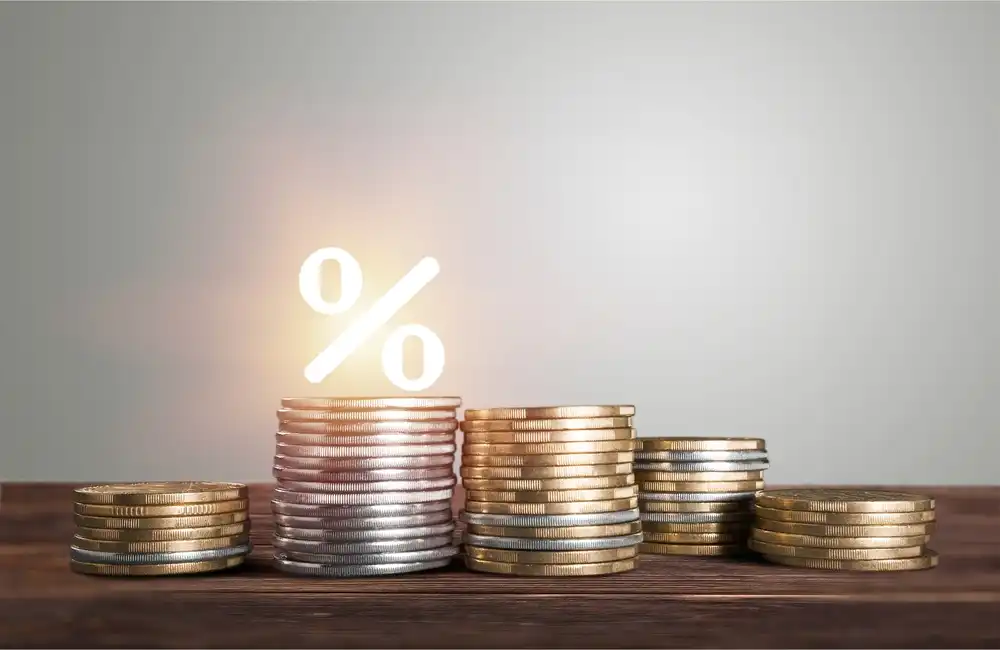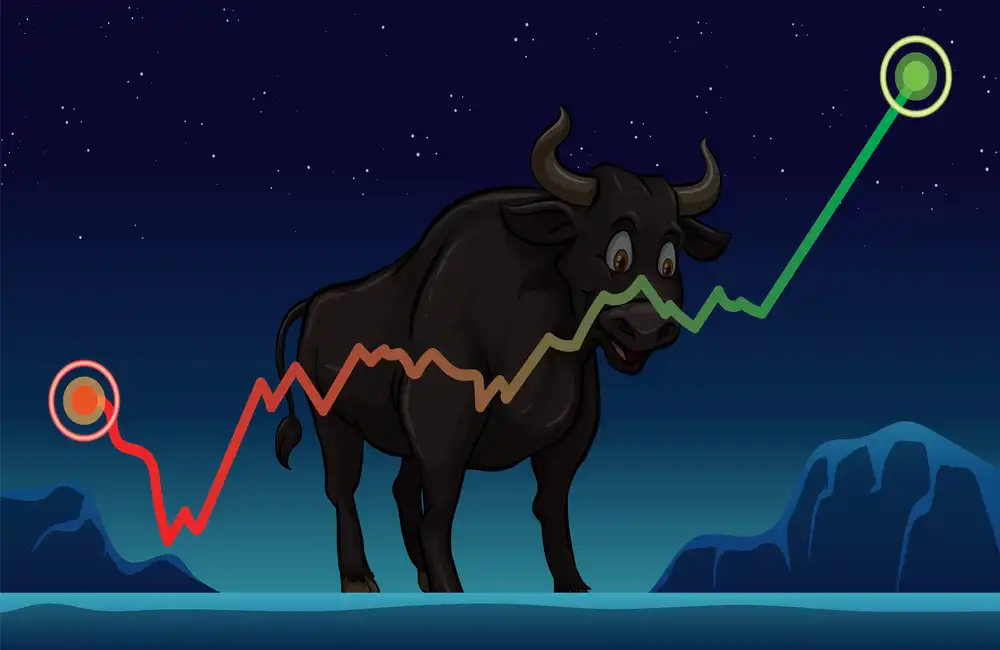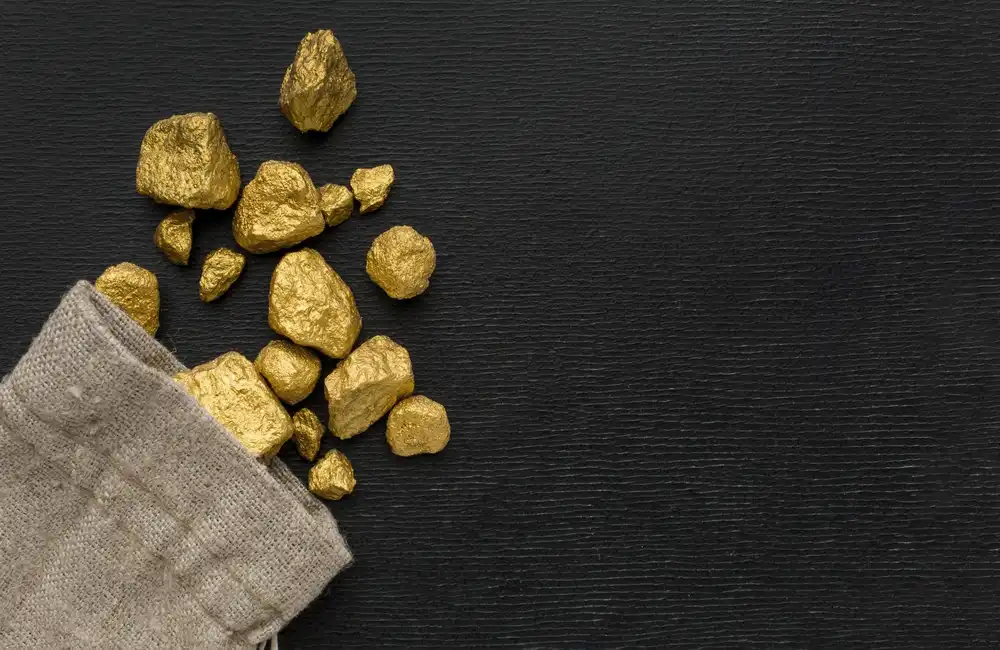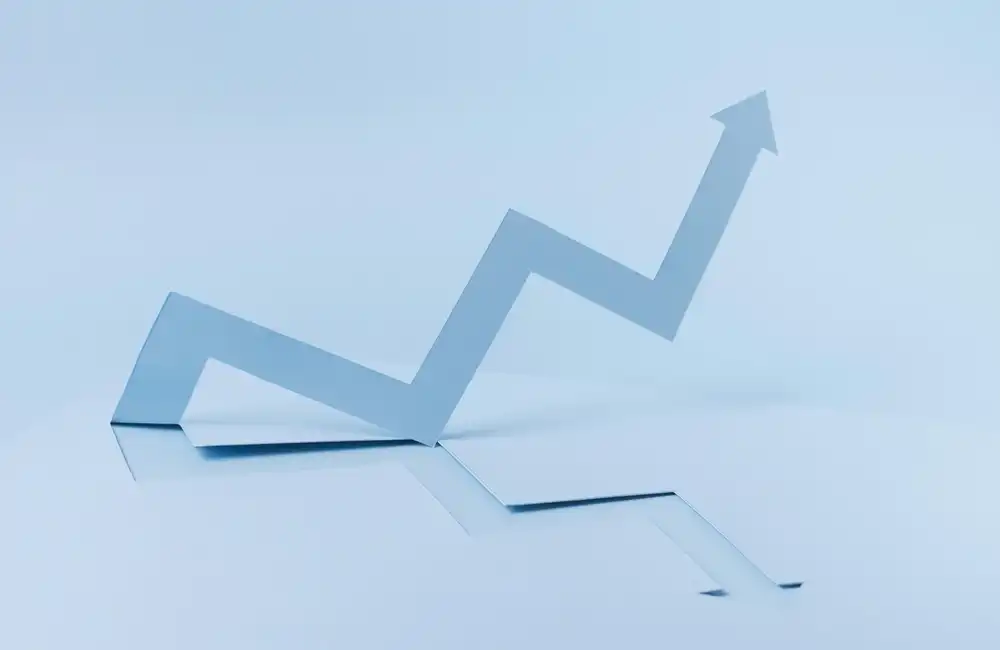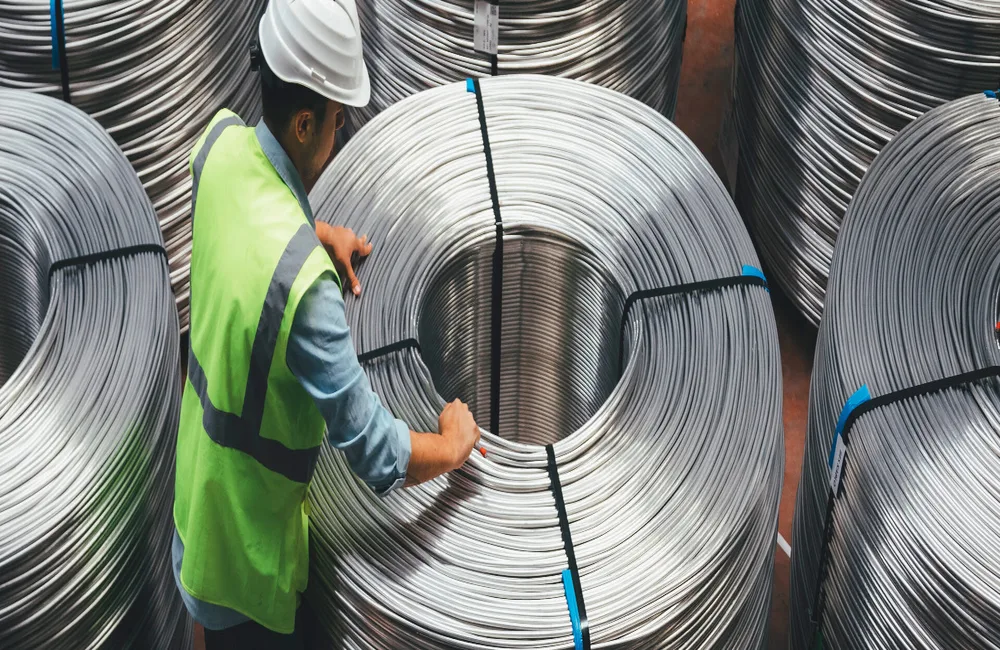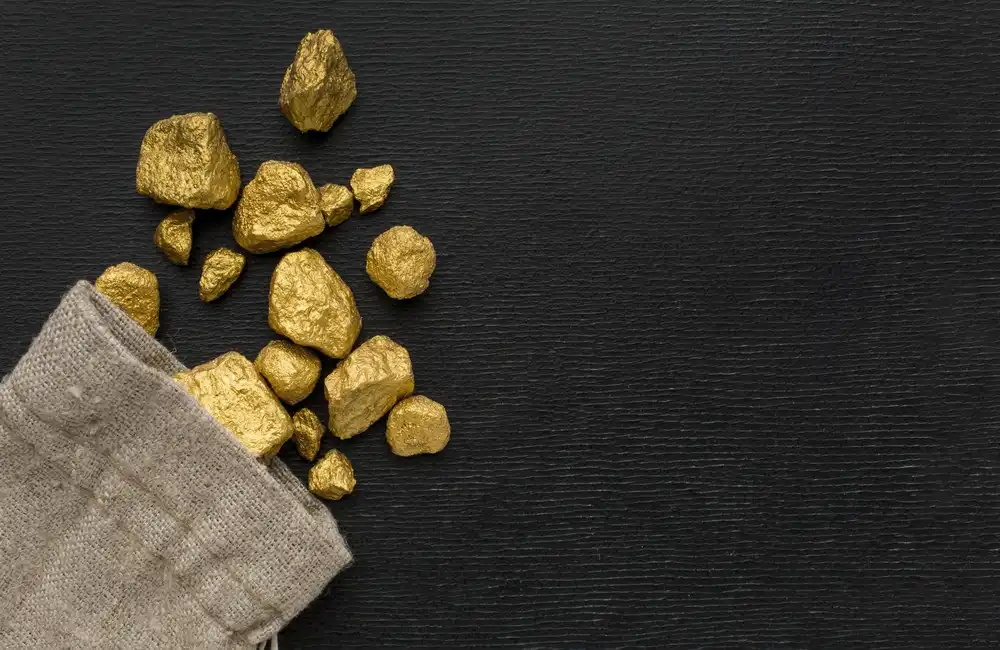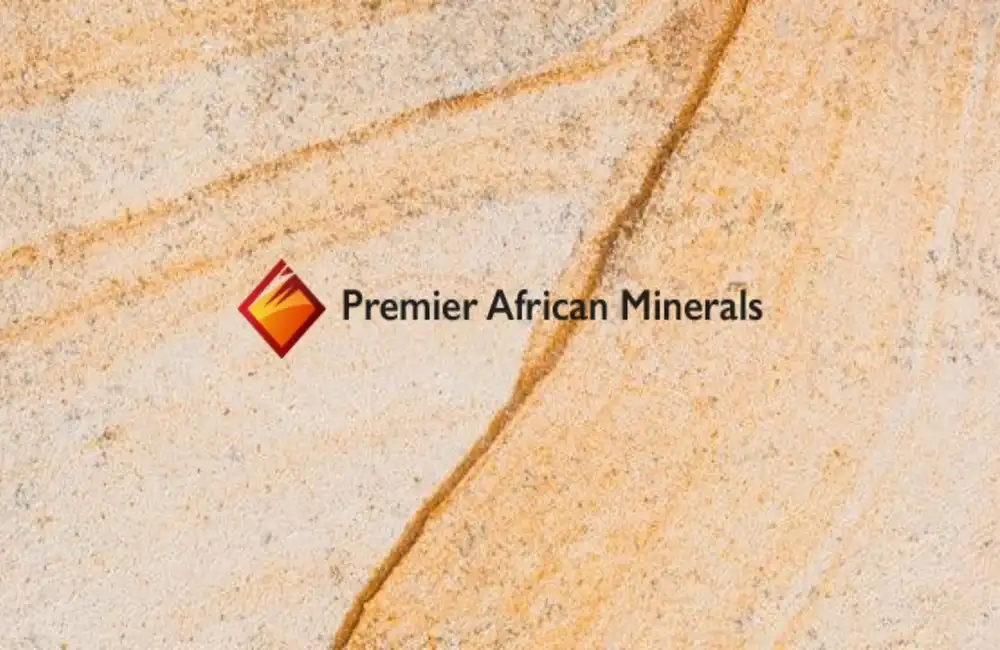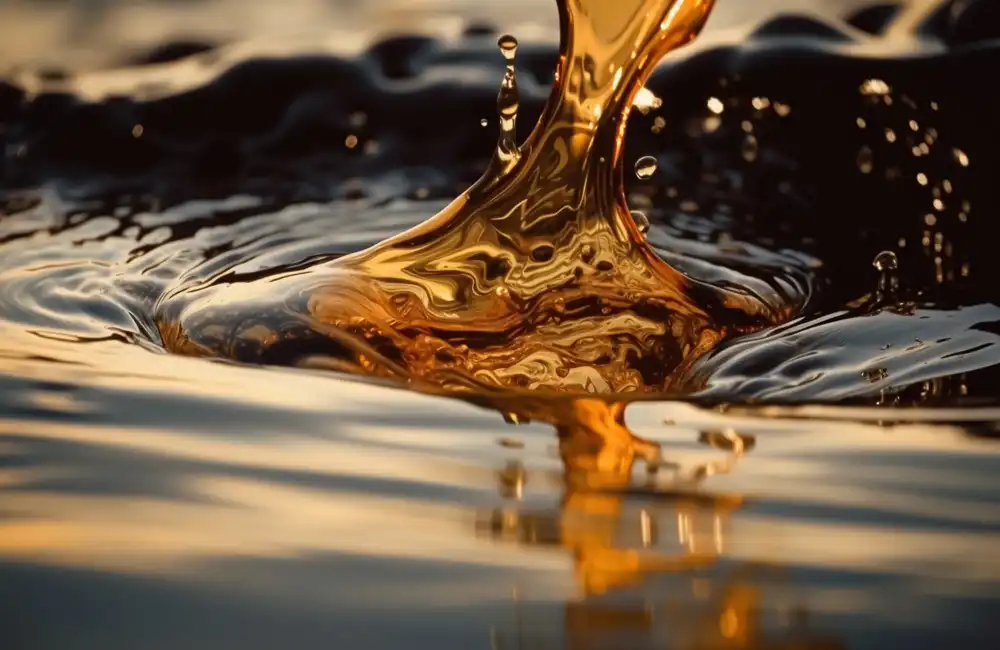In the week of Dec. 19, producers', analysts' and economists' views that the US dollar will weaken and that the appetite for mergers and acquisitions in the metals space will sharpen will help prices for metals claw back in 2023
The overall sentiment is positive according to Jefferies International but surprises may happen. UBS and ActivTrades respectively see geopolitical and the energy risks, especially in Europe, persisting over a recessionary backdrop as China displays mixed demand rebound.
It will still be the place to be bullish on copper, essential for every aspect of electrification, diversified miners Eurasian Resources Group (ERG) and Vale both agree. Most metals are viewed favorably as longer-term demand persists for energy transition materials.
“We do think the [metals and mining] sector in general is very well positioned to materially outperform the broader equity markets” again, Jefferies analysts headed by Chris LaFemina said. “Demand in China for base metals should stabilize in 1H23 [H1 2023] and improve as the year goes on, which should offset what is probably weaker demand in the US and Europe. At the same time, supply is tightening and inventories are at rock bottom. We believe that most commodity prices will close 2023 above current levels. Shares in the miners should continue to shine. Copper miners are best.”
As successive Fed rate hikes have pushed the dollar lower, it will help buoy prices in dollar-denominated metals: ActivTrades senior analyst Ricardo Evangelista pointed out the greenback was nearing a six-month low during Dec. 22 trading.
A year to forget
2022 was unpredictable and unprecedented.
“2022 has been the year during which most commodity prices have been sharply sold off – but that has been mainly the effect of some very particular, short-term price drivers, such as COVID-19-related lockdowns in China [which have recently been eased], monetary policy in the US and the knock-on impact of energy crisis as a result of the military conflict between Russia and Ukraine,” said Benedikt Sobotka, ERG’s chief executive officer.
“The effect of all these factors will resolve or ease off in 2023, we expect.” In addition, we feel that the market has overreacted and is out of sync with the real state of most commodity markets. We expect the demand pattern for many commodities to be fundamentally altered by the global net-zero transition.”
Copper is anticipated this year, according to ERG, to "turbocharge" back to the $10,000/mt level breached following Russia's Feb. 24 invasion of Ukraine raised fears of market tightness. Copper prices subsequently dropped over 25% from April to November while inventories fell 60%, due to weaker economic signals, analysts at UBS led by Daniel Major said.
To be sure, UBS underpins a much more tempered price average for "Dr Copper" seen as a bellwether of economic activity and industrial output at $6,600/mt in 2023, as "energy transition sectors will not be sufficient to balance declining demand from traditional end use sectors," amid recessionary backdrop for demand in Europe/US, and a mixed recovery from demand in China. However, "long-term fundamentals for copper look compelling and probably better now than 6-9 months ago," it added.
Value is wagering with its excavators. The latter was reinforced at Vale Day this month at the New York Stock Exchange when the Brazilian miner revealed plans to lift copper production to 900,000 million mt/year by 2030, from 260,000 mt this year, while nickel production is set to exceed 300,000 mt/year in 2030, from around 175,000 mt/year now, and a strategic investment partner at that.
The London Metal Exchange 3 months copper price settled at $8,399/mt Dec. 22, down $62.50/mt on the day, and down 14% from the beginning of the year.
Russia still present
Russia, the subject of many sanctions over its war in Ukraine, is a big producer and exporter of copper and aluminum, and supplies about 15 percent of the world’s battery-grade nickel.
But Russian metals can still be legally traded on the LME and stored inside the exchange's warehouses, under a decision made by the exchange and members in a bid to keep the market steady.
World Bureau of Metals Statistics reported in mid-December that while many markets continued to deal with flows of Russian metals, primary aluminum, copper, nickel, and tin markets remained in deficit this year, due in part to smelter cuts as energy prices soared.
After a sluggish H1 2023, as Chinese demand bounces back, Jefferies sees prices rebounding not just for copper, but also aluminum, zinc, and iron ore in the latter part of next year.
Not all roses
But how quickly the metals-hungry energy transition could take shape in the current economic environment is uncertain.
The Metals and Mining Research team sees pressure on lithium and cobalt prices in the coming months from weakening demand for plug-in electric vehicles and increasing COVID-19 infections in China. Other analysts, including Goldman Sachs, have forecast downward correction as "significant supply" is brought on stream globally in months and years ahead: after the key ingredient for lithium-ion batteries has doubled in price this year.
Platts assessed lithium carbonate at $75,000/mt CIF North Asia Dec. 20, a jump of 122% from the beginning of 2022.
Additionally, "there is greater nervousness in the cobalt market, where the expiry of the PEV subsidy in China will likely hasten the pace of moving away from cobalt-heavy NMC532 and NMC622 batteries," Alice Yu said in a Dec. 20 report. High cobalt prices in past years have guided a pullback from relatively high-cost NMC (nickel-manganese-cobalt) products.
M&A
After a wave of depressed company share values towards the end of 2022, the stage is set for some merger & acquisition opportunities.
Just in the week of Dec.19 alone, China cleared China Baowu Steel Group Corp's acquisition of Sinosteel Corp which will further consolidate the Chinese steel sector, while BHP took another step toward buying Australian copper and nickel mine developer OZ Minerals with a preliminary agreement that would be the miner's biggest acquisition in over a decade.


